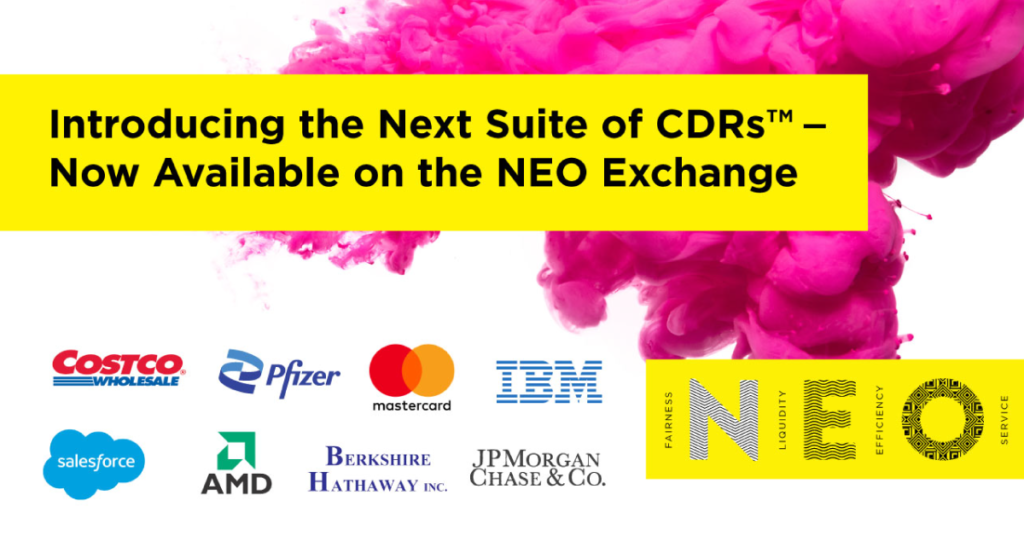
My latest MoneySense Retired Money column looks at the newish CDRs, or Canadian Depositary Receipts. You can find the full column by clicking on the highlighted text: CDRs versus U.S. Blue-chip stocks: which makes more sense for Canadian investors?
CDRs resemble the much more established American Depositary Receipts (ADRs), which I’d wager most seasoned investors have used. See also this article on CDRs republished on the Hub early in 2022: Should you invest in CDRs?
ADRs were launched by J.P. Morgan in 1927 for the British retailer Selfridges and are a way to gain easy access to global stocks in US dollars trading on US stock exchanges. According to Seeking Alpha, among the ten most actively traded ADRs are China’s Baidu [Bidu/Nasdaq], the UK’s BP [BP/NYSE], Brazil’s Vale [Vale/NYSE], and Switzerland’s Novartis. Here’s Wikipedia’s entry on ADRs.
Dividends paid by ADRs are in US dollars. Canadians are of course free to buy ADRs just as they buy US stocks or US ETFs trading on American stock exchanges. But they will have to convert their C$ to US$ to do so, and ultimately if they plan to retire here, they will have to pay again to repatriate that money.
By contrast, CDRs give Canadian investors a way to buy popular US stocks (particularly the FAANG stocks) in Canadian dollars and trading on the Canadian NEO exchange. As you can see in the above image, there are also such popular stocks as Pfizer, Berkshire Hathaway, IBM and MasterCard. You can find more information at CIBC, which developed CDRs. As you might expect, CIBC puts a positive spin on CDRs, saying they provide the “same stocks, lower risks,” with a “built-in currency hedge,” while also offering “fractional ownership, easier diversification.”
They even went so far as to trademark the slogan “Own the company, not the currency.” A video found here says that while Canadian stocks only account for 3.1% of the world’s stock market capitalization, most Canadians have 59% of their investments in Canadian stocks. To the extent foreign [and especially American] stocks have generated stronger returns, arguably Canadians are missing out. It suggests that one reason for this is Foreign Exchange.
CDRs may be of particular advantage to younger investors with limited wealth, since they are a way of accessing high-priced stocks that may have prohibitive minimum investments. For example, Amazon (AMZN) currently costs a whopping US $3,200 for a single share. Compare that to the CDR version, AMZN.NE, which costs just C$20 a share. Generally, the CDR version has the same ticker as the underlying US stock, so be careful when you are buying to specify which version you wish to acquire.
If the US company pays a dividend, then so will the CDR. The two main advantages then are that you don’t get dinged on currency conversions between the US and Canadian dollar, and those with modest amounts to invest have the equivalent of buying fractional shares in some of their favorite stocks. Since most retirees will spend their golden years in Canada, you can diversify beyond Canada’s resource and financial-concentrated market, but still have your assets and dividends in Canadian dollars.
CDRs still count as Foreign Content
When I first heard about CDRs, I had a faint hope that perhaps they would not be considered foreign content by the Canada Revenue Agency. However, that is not the case. So investors with large foreign taxable portfolios will be disappointed to learn that even though they trade in Toronto, CDRs are still considered foreign content, so must be included in the CRA’s requirement that portfolios with more than C$100,000 (book value) must complete its T1135 Foreign Income Verification Statement. The MoneySense column goes into this aspect in more depth.

